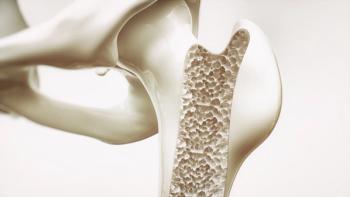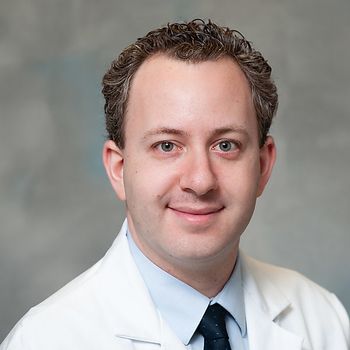
|Slideshows|April 15, 2019
5 Myths About Biosimilars-And the Facts
Author(s)Nicholas Hamm
The falsehoods being spread about biosimilars that don’t match up with reality.
Advertisement
Newsletter
Get the latest industry news, event updates, and more from Managed healthcare Executive.
Advertisement
Advertisement
Advertisement
Trending on Managed Healthcare Executive
1
Gene therapy in the real world: High priced, a long process and still relatively few patients | ASH 2025
2
IV iron treatment improves survival, increases hemoglobin levels in anemic patients with acute bacterial infection | ASH 2025
3
Positive results for Casgevy but with one patient death from myeloablative busulfan conditioning | ASH 2025
4
Pediatric Leukemia Treatment Pushes Many Families Into Financial Crisis | ASH 2025
5






















































